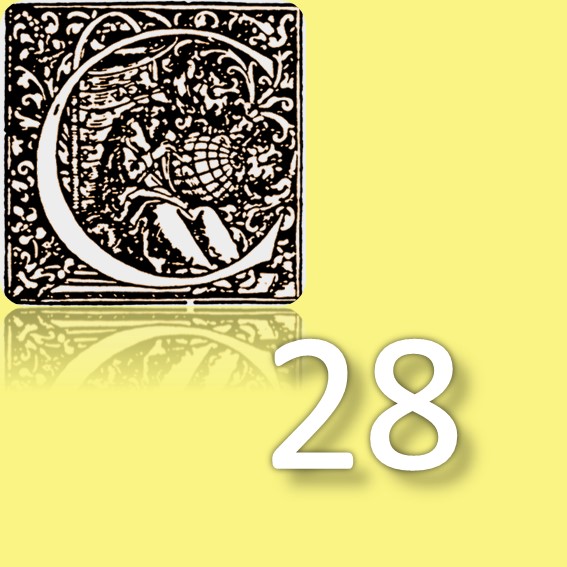Among potions and amulets: the use of precious stones at the 14th Century Bubonic Plague
DOI:
https://doi.org/10.23925/1980-7651.2021v28;p27Abstract
In 1347, a disease of unprecedented mortality reached Italian ports: the Bubonic Plague. In a few years, it spread across the European continent, killing millions of people and leaving a trail of destruction. Amid the urgency of this scenario, in the early years of the epidemic, tractates were created on the pestilence written by doctors and professors from the main centres of medicine on the continent, such as Paris and Bologna; and, in a second moment, from smaller faculties and centres, in increasingly distant parts, creating a map of knowledge. The tractates aimed to explain the aetiology of the disease, hitherto unknown, to propose prophylactic practices and possible treatment, with phlebotomy and the use of medication. In part of the suggested medicines, precious stones such as emerald and sapphire were mentioned recurrently. Until today, we may find some works addressing the use of gemstones in medieval medicine, but usually superficially or attributing an irrationality to their use in treatments. These arguments were revisited and we proposed other ways of understanding the use of precious stones against the Bubonic Plague, based on the knowledge and beliefs that surrounded them. This thesis aims, therefore, to identify and expose the logic behind the use of gemstones against the great pestilence, showing that they contained magical-medical and symbolic-religious qualities, which gave them powers of strengthening, protection and healing, important aspects in fighting the disease. For this purpose, we resorted to an extensive body of documents composed mainly of medical tractates written between 1348 and 1550, ancient and medieval lapidaries and encyclopedias, and exegetical literature.


.png)
